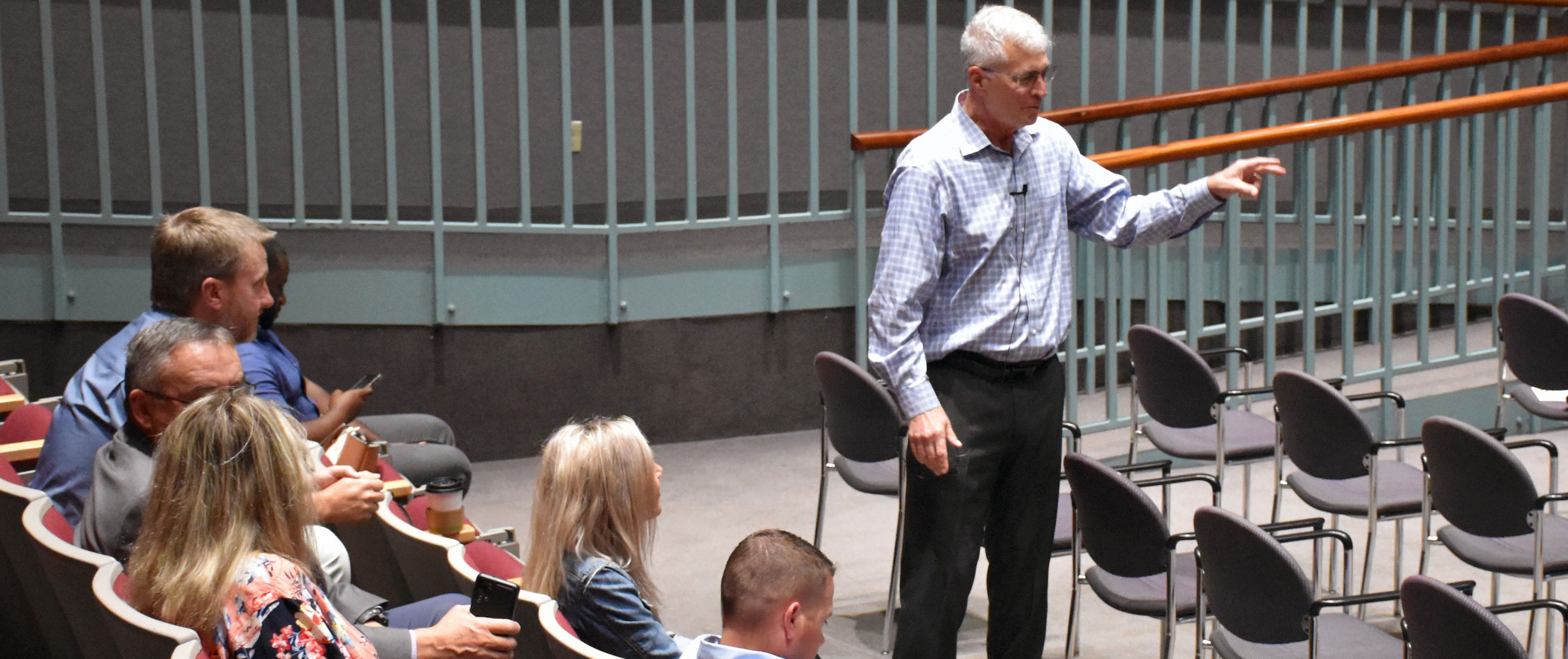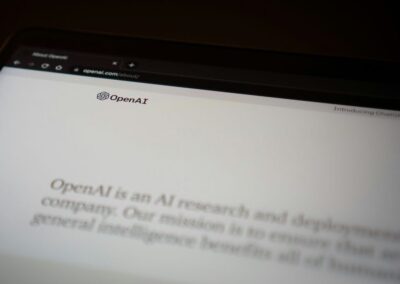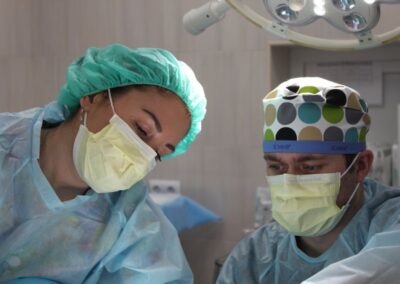The Future of “Tele-Health”: Part 2
The Effect on Local Healthcare
I have written several articles on the evolving technology of tele-health and how it will change the very practice of medicine. Tele-medicine may actually have more effect on local healthcare than remote healthcare. This technology will fundamentally change the access and delivery of patient care. Tele-health has particular applicability to rural and otherwise underserved areas, especially in certain medical situations where care may not be available immediately. Hence the name “tele-medicine”; Inf fact “tele” is latin for “far away”.
But I think we are just seeing the tip of the iceberg as to how this technology will fundamentally change the delivery of care in ALL areas of healthcare. Let me elaborate:
I am a busy person. It is difficult to fit things into my day. The office of my personal physician is about 10 miles away. As close as he is to me, though, to visit my doctor I have to block out at least half a day; I have to drive to his office, sit in his waiting room, get there early even though he may be late, have my examination and then drive back. Many people to not have the luxury of balancing work and kids, much less the ability to make time available to visit the physician.
If tele-medicine works across vast distances, why can’t it work across town? Most of what we accomplish during the visit can be done over the phone. I understand, he could not do a physical exam, but he could visually assess me and ask questions. For the most part, why couldn’t I simply “Skype” my physician from my home or office instead of coming in for a routine visit?
What a concept. Several psychiatrists that I know do this already. Particularly with college students who may be away at school. They can maintain their therapy schedule throughout the year. Many patients and physicians have developed methods to email and text responses in lieu of actual patient visits. Why can’t this be expanded into all specialties on a local level too?
Of course I understand the present limitations a “tele-visit”. I guess I can’t put my mouth up against the screen and say “Ahh”. But simple technology could take my blood pressure, temperature, listen to my chest and abdomen, etc., and the future of remote applications is endless. Clearly this concept will not totally replace the patient visit. Although it may modify the physician-patient relationship, much of it could be maintained via tele-medicine.
There is still nothing quite like the face to face visit. Tele-medicine should and will never completely replace visiting the physician. But as technology improves and remote monitoring becomes commonplace, why couldn’t the remote visit ultimately become the norm? People are certainly NOT becoming less busy over time.
There are many things that need to be worked out, not the least of them reimbursement mechanisms and some kind of medico-legal indemnification, but those need to be worked out for tele-medicine regardless of whether the patient is a thousand miles away or right across the hall.
If tele-medicine works for remote areas, why can’t it work for me here at home?
Maybe it can.




